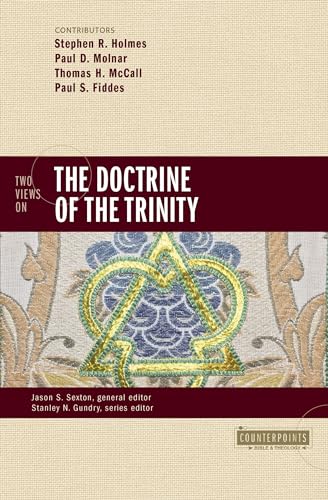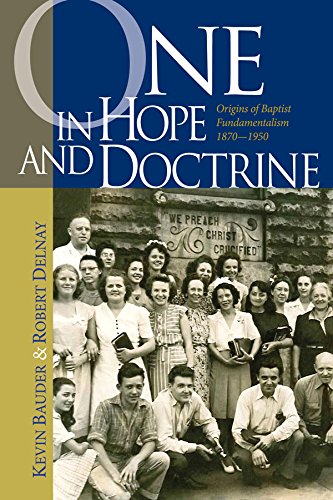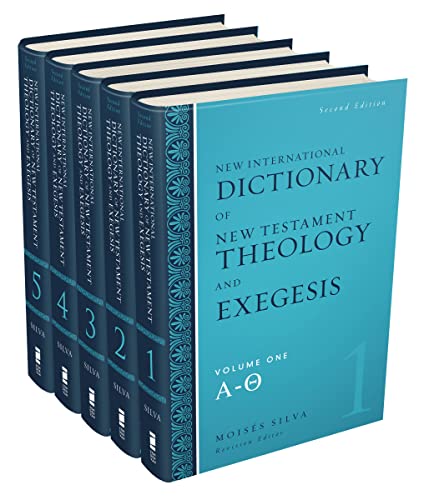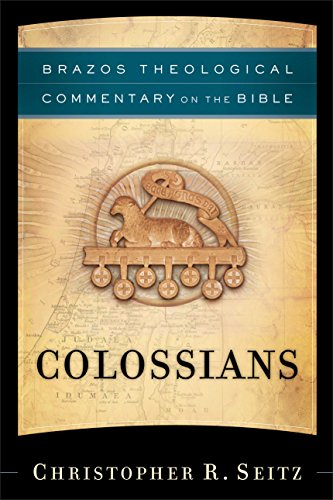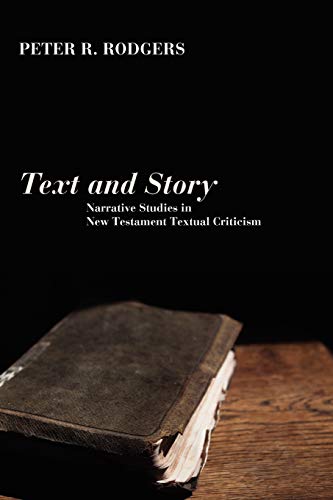Dr Martyn Lloyd-Jones and Evangelicals in Wales: Bala Ministers’ Conference, 1955–2014
Written by D. Eryl Davies Reviewed By David Ceri JonesFew things in the evangelical church in contemporary Wales, and sometimes elsewhere, can arouse such passions as the life and legacy of Martyn Lloyd-Jones. A number of recent studies have attempted to interpret him from a more realistic standpoint, and this has prompted reactions from some who revere Lloyd-Jones and have seen it as their duty to defend his reputation against all comers. This volume is a further attempt to burnish Lloyd-Jones’s memory.
There is a sense in which this volume is really two books in one, something indicated by the book’s slightly awkward title. At its heart is a study of the Bala conference, a gathering of largely Welsh ministers, held annually since 1955 under the auspices of the Evangelical Movement of Wales. Having started life as an organisation that brought together evangelicals from across the Welsh denominational spectrum, the EMW evolved into a rallying point for churches that seceded from those denominations after Martyn Lloyd-Jones’s 1966 appeal for evangelicals to stand together not occasionally but always. Although he left the country in 1938, and lived in England for the vast majority of his life, Lloyd-Jones kept up strong links with Wales, travelling the length and breadth of the country during regular mid-week preaching itineraries, and he became the driving force behind the coalescing of an evangelical presence there in the years after the Second World War. The book is therefore also a study of Lloyd-Jones’s influence in Wales, something which, Davies argues, was channeled through the Bala conference at which he always presided and gave the closing address until 1978.
The book is split into three distinct parts. The first and longest section outlines the history of the Bala conference down to the present day. These chapters are largely made up of a catalogue of those who spoke at the various conferences, the contents of their sermons and addresses, and Davies’s opinion as to their effect. A second section offers some evaluation of the conference’s significance in the development of Welsh evangelical Christianity, while the final section, without doubt the most valuable, provides some summaries, based on notes taken by the author and a friend, of some of Lloyd-Jones’s addresses at Bala.
Davies has attended a large number of the Bala conferences and so brings a wealth of personal experience to the study. But his claims about its significance are too grand. On more than one occasion he refers to it as a “phenomenon in Welsh church history” (213). He stresses time and again that the gatherings were characterised by powerful preaching and the presence of God. On one occasion in 1959 there was apparently “a foretaste of revival” (p. 87). Yet what was the effect of these gatherings on the churches more widely? If the conference was as “phenomenal” as Davies claims then one would expect there to be a wider impact. Whether there was is never explored. Only between 50 and 100 ministers attended at any given time. This was a conference of ministers almost exclusively for ministers; did it engender an unhealthy clericalism?
In addition, Davies shows little awareness of the wider Welsh evangelical scene. For example, evangelicals in the Church in Wales had their own gatherings from the mid-1960s, the brainchild of John Stott. Some comparison would have added perspective. One of the virtues of the work is that Davies does not shy away from writing about some of the disagreements that took place at the conference. In late 1956, the issue of Calvinism became a major stumbling block; a more prominent emphasis on the doctrines of grace led many Arminian ministers to reassess their involvement. The conference could no longer claim to reflect the breadth of evangelical opinion in Wales. More divisive still was the reaction to Lloyd-Jones’ call for evangelicals to reassess their denominational affiliation in 1966. While it was in Wales that his call was met with the most enthusiastic response, there were many—especially in Welsh language communities—who did not read the situation in the same way. Different readings of the ecclesiastical situation led to recrimination, and charges of compromise. The conference became more inward looking thereafter.
Throughout the book the figure of Lloyd-Jones looms extremely large. Much has been written in recent years about Lloyd-Jones’s influence in Wales. Davies is keen to defend him against the charge that he held an unchallenged and unhealthy sway over evangelicals in Wales. While he provides some anecdotal evidence of the way in which some ministers privately disagreed with Lloyd-Jones on various issues, on page after page the evidence of this book points in a different direction. While Davies warns of the danger of idolising Lloyd-Jones (p. 18), there is little doubt that when Lloyd-Jones referred to these Welsh ministers as “his boys” they responded by giving him almost unquestioning loyalty. Perhaps nowhere is this brought out more poignantly than in the response to Lloyd-Jones’s death in 1981. Since then some have sought to honour his legacy by defending his every theological position, others to imitate his style of preaching, manner of speaking, or pastoral practice in Westminster Chapel.
While the book is well supplied in terms of its footnotes, it would have benefitted from the attentions of a rigorous editor, and at 450 pages is far too long and repetitive. Chapters 29 and 30 could have been cut in their entirety. The book is also marred by too many short staccato sentences that break up the flow of the narrative, and the inclusion of a study guide is a little odd in a book of this nature. History is meant to describe the past in order to understand it, this book describes the past in order to defend the decisions of its main participants, and having done so to venerate their memory. As such it is more akin to hagiography than scholarly history.
David Ceri Jones
David Ceri Jones
Aberystwyth University
Wales, UK
Other Articles in this Issue
The account of Abraham's near-sacrifice of Isaac has been and will likely continue to be violently applied so long as the dominant misunderstanding of the text prevails...
In recent years, a growing cadre of younger historians has begun publishing significant books on the history of American evangelicalism...
Romans 4 remains a central text in the debate over the New Perspective on Paul...
Within the intra-Reformed debate over baptism, covenant theology is a crucial aspect in determining one's position...
‘Fathers of Faith, My Fathers Now!’: On Abraham, Covenant, and the Theology of Paedobaptism
by David GibsonThe figure of Abraham creates a covenantal framework for biblical theology that allows baptism to be considered in relation to the Bible's developing story line...



